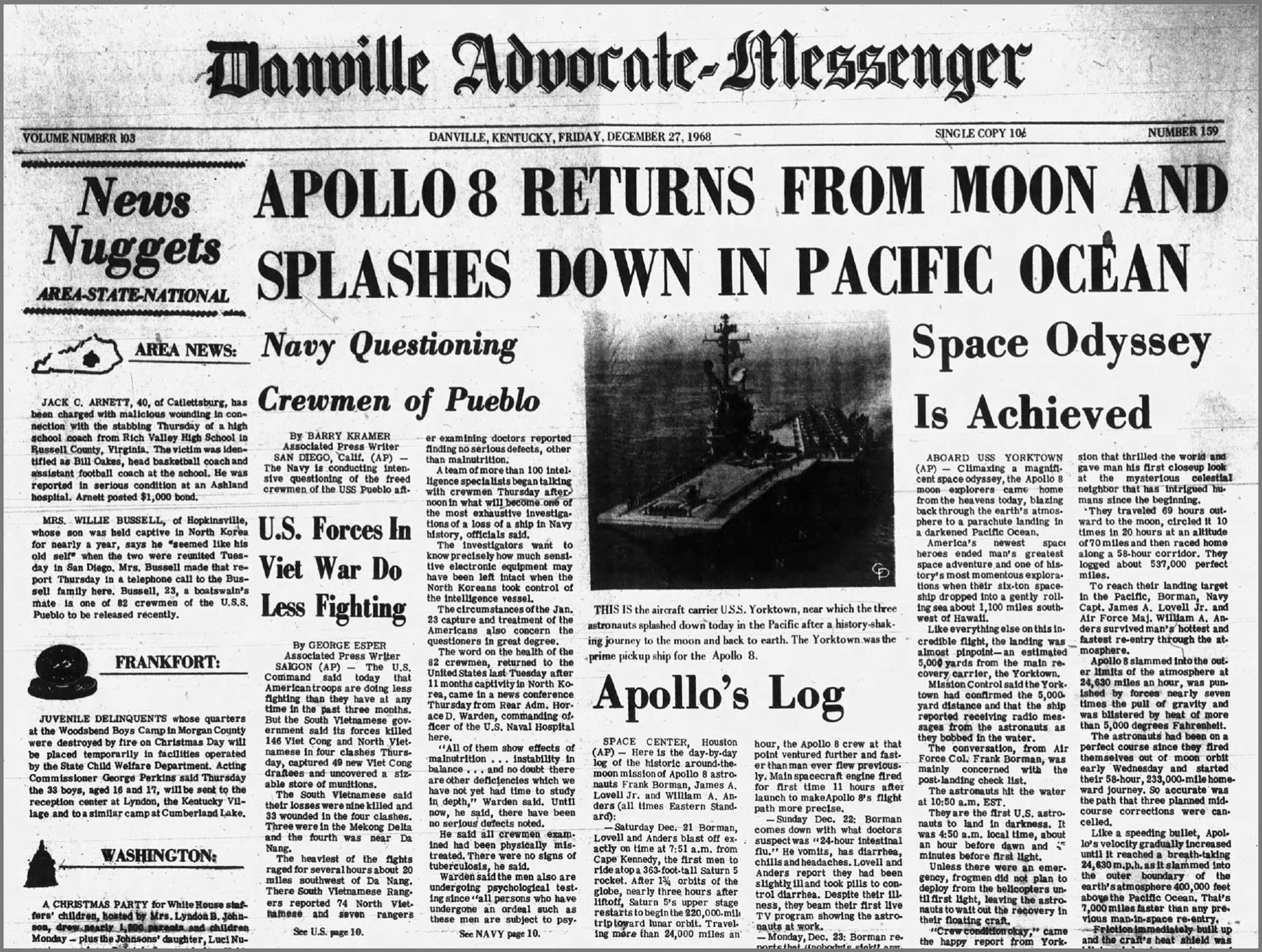Plutos of the world make life so much interesting
Published 4:40 pm Friday, August 16, 2019
By MIMI BECKER
Coffee with Mimi
As a child, I learned about the planets in the solar system. There were nine: Mercury, Venus, Earth, Mars, Jupiter, Saturn, Uranus, Neptune and Pluto.
Poor Pluto — it is small, far from the Sun and committed to an odd shaped orbit. It behaves and looks different from all the other planets. Pluto’s diameter is about half the width of the United States. That’s half the United States, not half the planet Earth. It travels an orbital path that is oddly shaped in comparison to the rest of the acknowledged planets. The path is oval, not round. It does not conform to the “Sun is the center of the Universe” expectation. The Sun is apparently nowhere near the center of Pluto’s orbit and the orbit is tilted, resulting in Pluto’s tendency to run in and out of the orbit of Neptune. Pluto also orbits in the opposite direction of all but two of the other planets.
Pluto has been kicked out of the planet club. More accurately, Pluto has been removed from the system because it lacks the characteristics which fit the definition of “planet.”
I’m clearly not a scientist. Maybe, it is true that in the scientific world, or universe, it is imperative for all members of a category to strictly adhere to a very specific set of characteristics. But, even in science, there are exceptions. Pluto is one of three planets to fly in the opposite direction of the other six planets. That didn’t seem to matter in the period from Pluto’s discovery in 1930 to 2006 when the International Astronomical Union redefined “planet,” thus leading to the demotion of Pluto. It seems the errant characteristic of not being able to stay out of the space of another celestial body is what ultimately did Pluto in.
Have you figured out where I am headed with this little science lesson?
This past week, just in our own county, almost 5,000 children have gone back to school, some walking through the doors the first day for the last time, and some just beginning their formal academic experience. That number does not include those who have chosen to attend a local post-secondary institution.
Having spent 35 years as a professional educator, plus more than 20 years as a student in some form or another, I can tell you there are a lot of Plutos in the world.
Pluto represents 11% of the planet population designated in the textbooks of my childhood. Today, 11% of those planets have been officially unclassified as a planet. I’m not sure what gets you in astronomical circles, but I do know it doesn’t get you full stature as a planet in science lessons in school. Pluto is a like a footnote. The body formerly known as a planet, but not recognized today. So it gets a separate mention.
I like Pluto and Pluto-like beings. The Plutos of this world make life so much more interesting. I will admit they can be a challenge, as well. But, whose fault is that?
The planet Pluto did not materialize all of a sudden in 1930 when Clyde Tombaugh made an astronomical observation. He noticed that the orbits of Neptune and Uranus were being affected by some object previously unknown in the known Solar System. In other words, there must be something disturbing the status quo of the acceptable club members, Neptune and Uranus.
Now, I suppose the relatively recent “discovery” is understandable, in that it takes Pluto 248 years to complete its orbit. So, unless you are looking at just the right time, in the right place, with the right piece of equipment and are lucky in your life, you could miss the whole thing, especially considering that Pluto doesn’t follow a “normal” path.
If my math is reasonably correct, Pluto has orbited the Sun roughly 18 million times in its life. Since it is still here, and Neptune and Uranus are still here, what could possibly be the problem with its quirky lifestyle? Other than the perceived need to be absolutely, scientifically accurate, can’t we just go with it?
Just think about all the possibilities of Pluto-like beings if we encourage them to continue in their path, with appropriate recognition, that different is just fine and definitely not dangerous to fellow beings.
I think we are pretty lucky if we have a lot of young Plutos. Great things happen when people think outside the lines. Surprising things happen when a kid experiences ideas, which are not generated from the center of his or her universe. Sometimes heading in a different direction changes perspective. It is a pretty good idea to cross paths with people and ideas, and challenge them, hopefully more often than once or twice every 248 years.
Pluto is small. Even so, it has 5 moons. I take that as evidence that Pluto is important in its own little system. Pluto may have been demoted to “dwarf” planet status in the big picture, but it is still running around on its quirky orbit with at least five heavenly bodies that stick with it.





